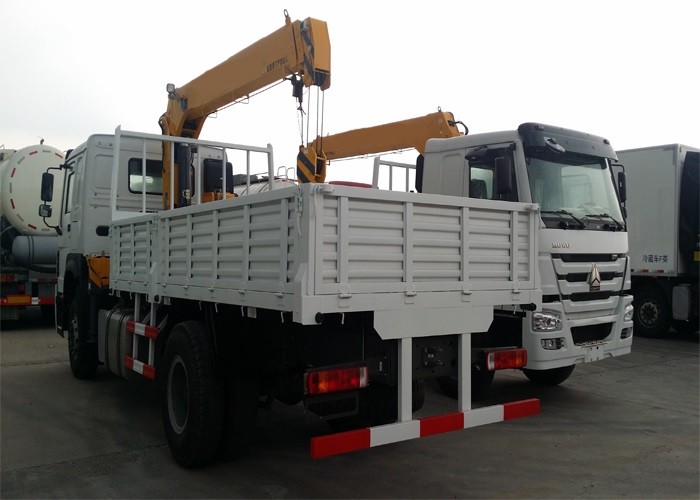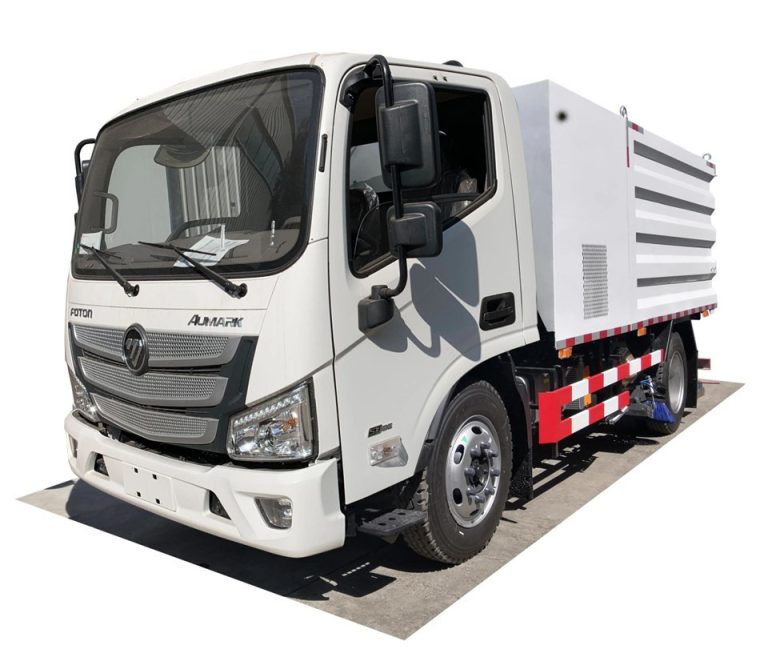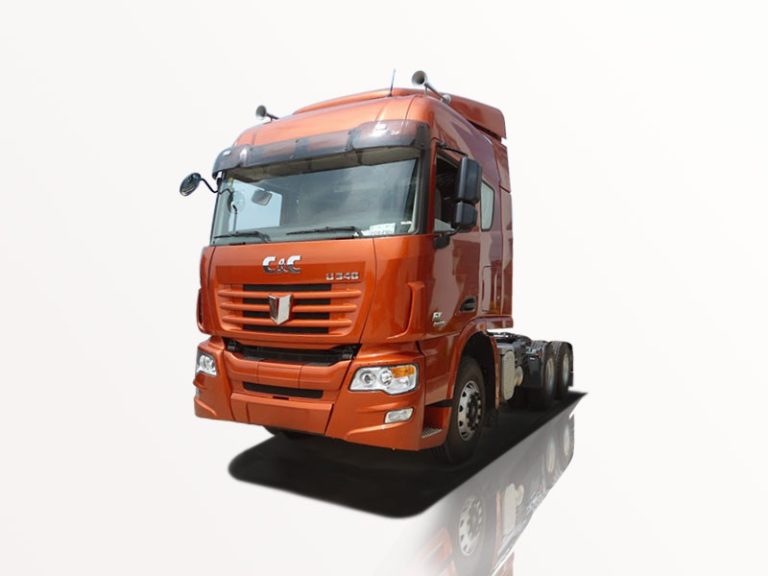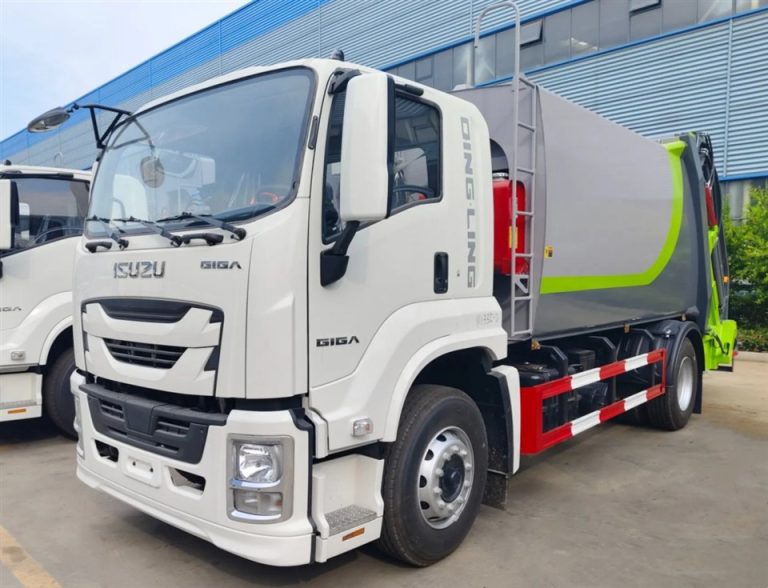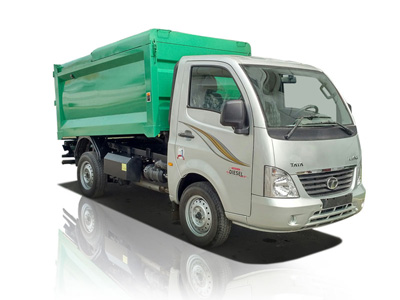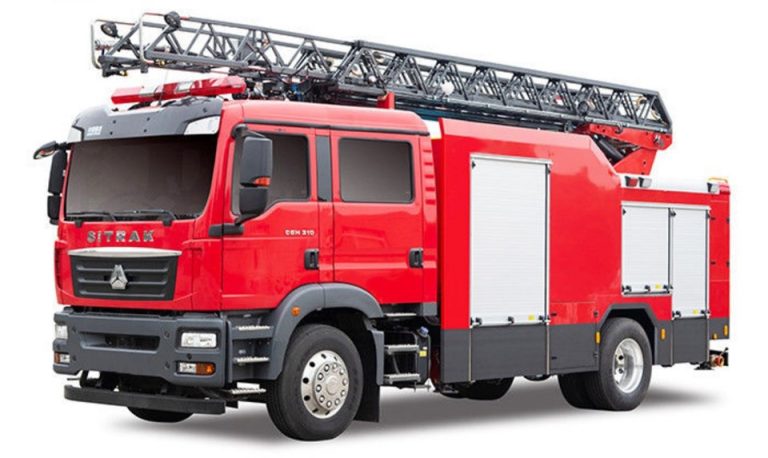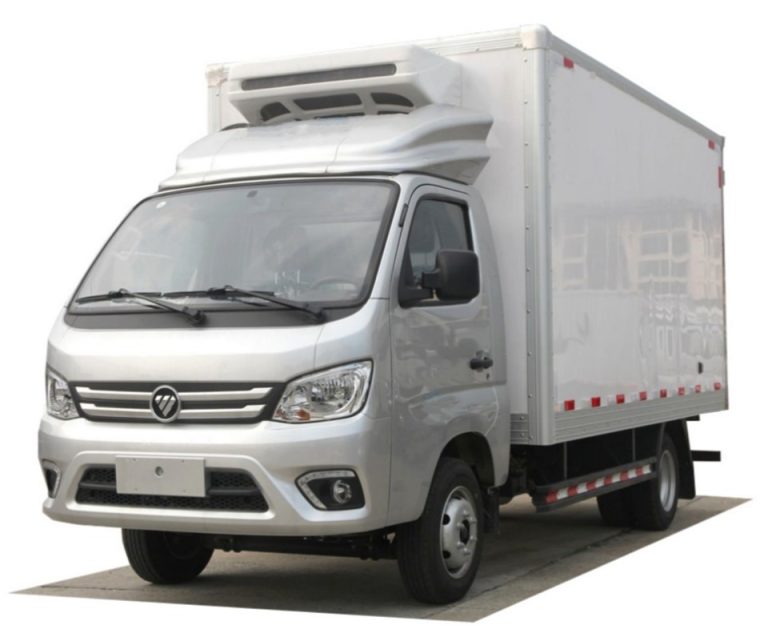Introduction
In today’s world of acronyms and abbreviations, understanding what terms like “SKD” means can be crucial, especially in specific fields such as business, technology, and manufacturing. This article aims to provide a comprehensive understanding of the term “SKD,” exploring its various meanings, applications, and significance in different contexts. Whether you are a professional in the industry or simply curious about the term, this guide will equip you with all the necessary information about SKD.
What is SKD?
SKD stands for “Semi Knocked Down.” It is a term primarily used in manufacturing and shipping, particularly in the automotive and electronics industries. The SKD process involves shipping parts that need to be assembled in the destination country, rather than shipping fully assembled products. This method can offer various advantages, including reduced shipping costs, lower tariffs, and more efficient use of resources.
The Importance of SKD in Manufacturing
Understanding what SKD means is vital for businesses aiming to optimize their manufacturing processes. Here are some of the reasons why SKD is an important approach:
1. Cost Efficiency
Shipping components rather than whole products can significantly reduce logistics costs. This savings can be crucial for companies looking to maintain a competitive edge.
2. Tariffs and Trade Regulations
Different countries impose various tariffs on imported goods. By utilizing the SKD model, businesses can sometimes avoid higher tariffs associated with fully assembled products.
3. Local Assembly and Employment
SKD requires local manufacturing facilities to complete the assembly process. This can lead to job creation and economic development in the host country.
Table: Cost Comparison of SKD vs. CKD vs. Fully Assembled
| Type | Shipping Costs | Assembly Costs | Tariffs | Local Employment |
|---|---|---|---|---|
| SKD | Medium | Low | Medium | Yes |
| CKD | High | High | Low | Yes |
| Fully Assembled | High | Nil | High | No |
Applications of SKD
The SKD method is applied in various industries. Below are some prominent areas where SKD is frequently utilized:
1. Automotive Industry
In the automotive sector, SKD is commonly used to import vehicles and their components. Car manufacturers often ship parts in SKD form to assembly plants located in different countries. This process allows manufacturers to comply with local content regulations and tariffs.
2. Electronics
Electronics companies also use SKD to ship products such as computers and smartphones. Parts are transported for assembly in markets close to demand, ensuring quicker turnarounds and reducing warehousing needs.
3. Home Appliances
Major appliance companies may adopt SKD to send components to different assembly locations. In addition to cost savings, this allows them to easily adapt to market preferences and consumer demand.
Example of SKD in the Automotive Industry
Consider a car manufacturer based in Germany that wants to sell cars in India. Instead of shipping fully built cars, the manufacturer sends parts in SKD form to an assembly plant in India. Local workers assemble the vehicles, which are then sold in the Indian market. This model provides cost savings in shipping and complies with Indian regulations aimed at boosting local industry.
Benefits of Using SKD
Choosing the SKD option comes with several benefits that can significantly impact business efficiency and profitability:
1. Reduced Shipping Size
Many products take up less space when they are shipped in parts rather than as complete units. This can decrease freight costs and improve logistic efficiency.
2. Local Production Capability
By leveraging SKD, companies can benefit from local assembly, which can be more agile in responding to market changes and consumer preferences.
3. Flexibility in Assembly
SKD allows manufacturers to vary production more dynamically, adapting to different market needs without being tied to a specific model or design.
Challenges of Implementing SKD
While the SKD method comes with many advantages, it is not without its challenges. Businesses should be aware of the following:
1. Quality Control
Maintaining quality during the assembly of SKD products can be challenging. If parts are not correctly assembled, it can lead to significant quality issues for the end product.
2. Skills and Training
Proper training must be provided to assembly workers to ensure high-quality outputs. This requires investment in training programs.
3. Inventory Management
Managing an SKD inventory can be complex, especially when dealing with multiple suppliers and parts that require different lead times.
Future Trends in SKD
As globalization and trade policies evolve, the SKD method will likely see increased adoption across various industries. Here are some trends to watch:
1. Increased Automation
Automation in assembly processes will enhance efficiency and reduce human error, making SKD more appealing.
2. Sustainable Practices
Businesses are increasingly looking to cut down on their carbon footprints. SKD can serve this goal by reducing transportation distances and optimizing supply chains.
3. Digital Supply Chains
The rise of digital tools and technologies such as IoT can streamline the SKD process, providing better tracking and management of parts and assemblies in real-time.
Practical Tips for Implementing SKD
For businesses considering adopting the SKD approach, here are some practical tips:
1. Assess Market Demand
Before implementing SKD, ensure there is sufficient market demand for the locally assembled products.
2. Partner with Local Firms
Collaborating with local firms can simplify the assembly process and enhance compliance with local regulations.
3. Focus on Quality Assurance
Implement comprehensive quality control measures at every stage of assembly to maintain product standards.
4. Train Your Workforce
Provide thorough training to your assembly team to ensure efficiency and quality in the SKD process.
FAQs About SKD
1. What industries commonly use SKD?
SKD is commonly used in the automotive, electronics, and home appliances industries.
2. What is the difference between SKD and CKD?
SKD (Semi Knocked Down) involves shipping partially assembled parts, while CKD (Completely Knocked Down) involves shipping unassembled parts for full assembly at the destination.
3. Are there any disadvantages to using SKD?
Potential disadvantages include quality control challenges, the need for skilled labor, and complex inventory management.
4. How does SKD affect local employment?
SKD processes often require local assembly, which can lead to job creation in the regions where these factories are located.
5. Can SKD help reduce tariffs?
Yes, SKD can help companies avoid higher tariffs associated with fully assembled products, making it a cost-effective option.
6. What skills are needed for workers in SKD assembly?
Workers in SKD assembly need skills in mechanical assembly, quality control, and sometimes technical expertise depending on the product being assembled.
